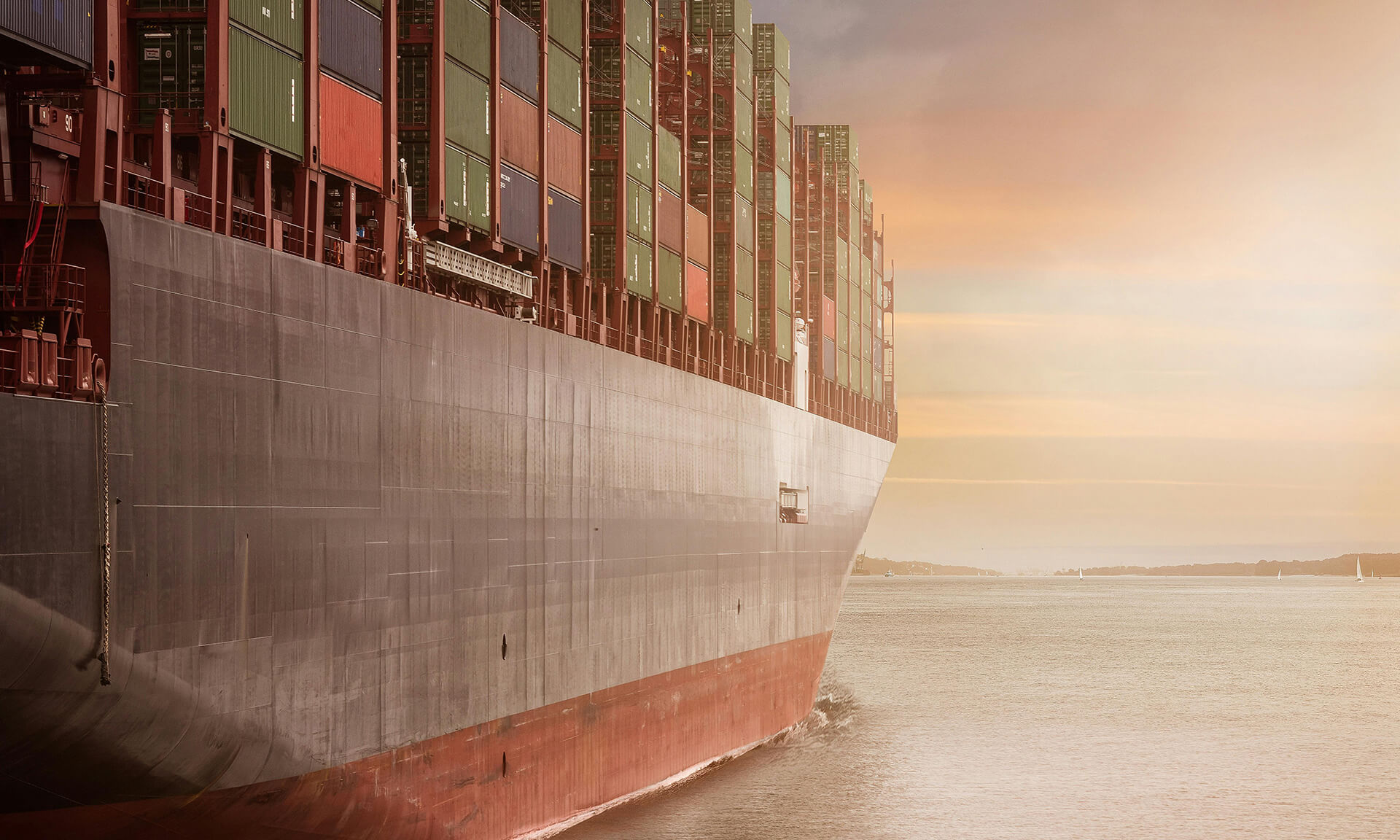Asia is gradually recovering its position in exports of late as there are likely returns which contributed to the real growth of GDP in Q1 and Q2. The Asian countries of China, India, Indonesia, and Malaysia have faced troubled waters and are now slowly recovering with a growing export volume and raise at the prices of commodities. However, the question remains whether this growth is at a continued pace or come to a standstill, given the factors of global demand and local trade, they are likely to stay positive.
According to the opinion of the IMF experts, the global rate is at 3.6 percent in 2018 which is the result of both advanced and emerging economies rise of GDP. The story for emerging economies, particularly in Asia, is even brighter. While China’s strong GDP growth in Q1 and Q2 2017 (6.9 percent) thwarted the fears of a slowdown, India’s growth of 7.0 percent in Q4 2016 and 6.1 percent in Q1 2017, looks as though the demonetization effects have worn off.
Demand is the key:
The growth of Asian export market remains undefeated over the years whose growth was contributed by the developing economies of China and India. At the same time, the flow of goods and services have risen up. Asian companies have briskly moved up the supply chain from being more than an assembly line of semi-finished products. Be it automobiles or smartphones, countries such as China and India are moving up the pyramid and closing the gap, although in different degrees, with cutting-edge manufacturing players like South Korea and Japan and there is an active export link between these countries.
The benefit of elevation:
The prices on the global scale have been on a rebound since the year 2016. For example from the beginning of 2016 till late 2017, the price of Brent Crude went up by 38.3% while the costs of rubber and coal shot up by 49.8% and 78.8%. The Asian countries of Indonesia and Malaysia benefitted from the resurgence of goods prices.
The rise in commodity prices is interpreting into higher prices for refined products and, hence, the accelerated exports of those products. Singapore, in specific, has benefitted, with the country’s export value of petroleum products rising 30.1 percent in Q4 2016, and then by 70.4 percent in Q1 2017; the growth momentum continued into the second quarter of the year as well. This steady trend of commodity exports is likely to continue, given increasing global demand and elevated prices; even though commodity prices have flattened a bit, they remain high compared with 2015 and early 2016.
The effect of currency stabilization:
Stabilizing currencies around the world especially the stabilization of the interest rates by the Federal Reserve has eased the pressure on the Asian currencies. Currencies are also set to benefit from the improving economic fundamentals across the globe. Within the Eurozone, rising inflation is a positive development, especially for the debt-laden economies. This also holds true for Japan which is fighting against long-term deflation.
Trade set to sail away:
With emerging household consumers and the slow and steady growth of the international market, the winds are starting to be in favor of the Asian trade reemergence. The current trend of rising export trade market is a welcome move to thwart the effects of corporate debt, real estate impact and household debts. The critical trade fundamentals are in favor of Asia’s export growth, and it is expected that the trade will be in the winning position in the medium to long term.
For more information reach us at [email protected]














